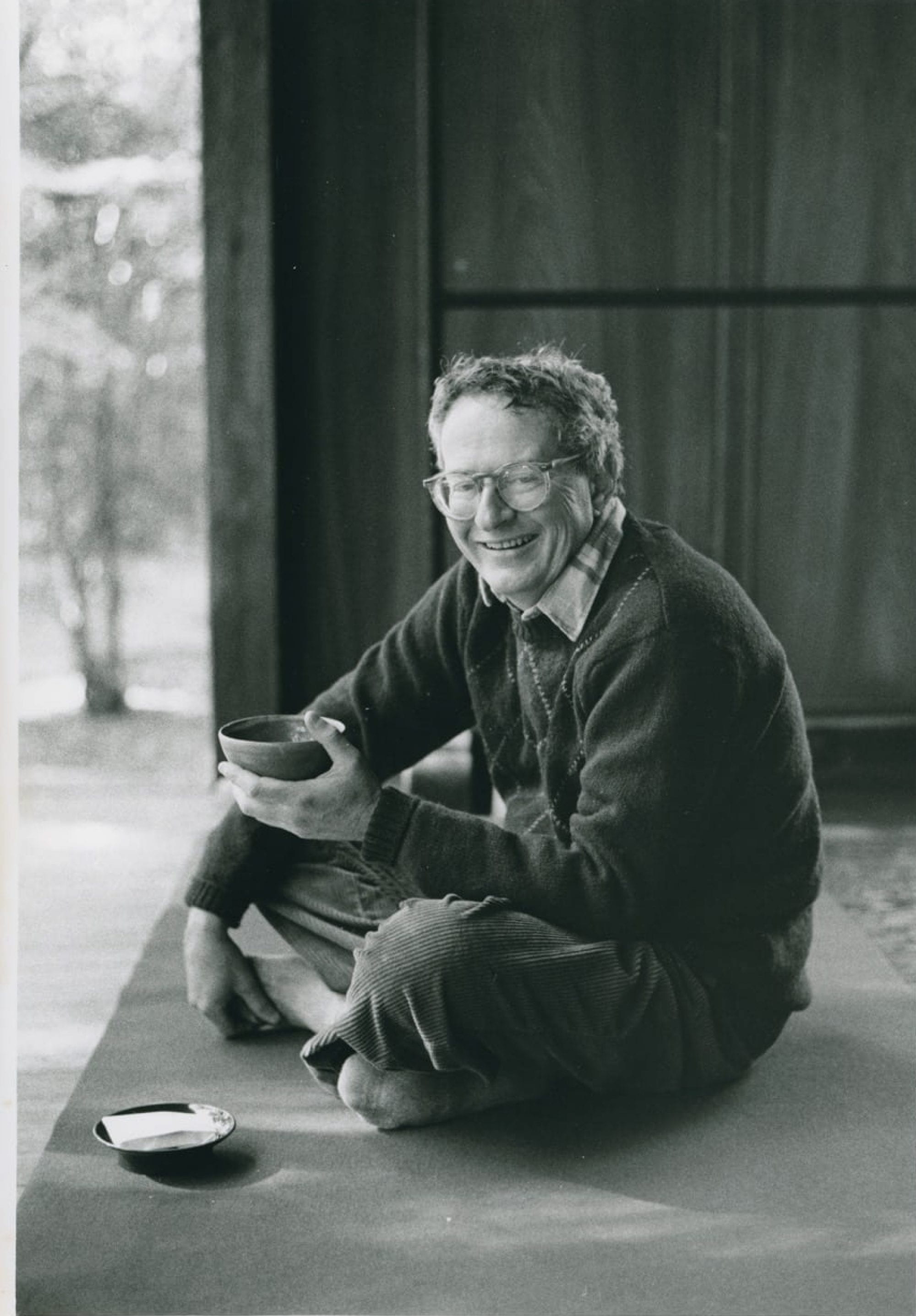
Artist: Tani Bunchō 谷文晁 (1763-1840)
Title: Meizan zue 名山圖會 (Pictorial album of famous mountains)
Date: 1812
Publisher: Akitaya Taemon
Medium: Woodblock printed book, ink on paper
Tani Bunchō is perhaps the most famous Japanese literati painter represented in the Tress collection. He was the grandson of an economist and Neo-Confucian scholar, the son of a noted master of Chinese poetry, and the samurai retainer of the highest-ranking conservative advisor to the shogun, Matsudaira Sadanobu (1759-1829). Bunchō exhibited painterly talent as a child, and studied with the academic ink painter Katō Bunrei (1706-1782). After Bunrei died Bunchō worked with various masters of Japanese, Chinese, and even Western style painting. Bunchō was a prolific painter, copyist, and connoisseur who taught hundreds if not thousands of pupils; his books include collections of his sketches intended as manuals for others to study. The Tress collection includes one of Bunchō’s most beautiful works, Shazanrō gahon (Painting book of the Mountain-reflecting Tower) from 1817.

This title, the Meizan zue, (Pictures of Famous Mountains), also known as Nihon meizan zue (Pictures of Famous Mountains in Japan), is a monochrome three-volume set of views of more than a hundred Japanese peaks. Each mountain spreads across one opening, and most are topographically precise. They are based, according to Bunchō’s preface, on his direct observations, reinforcing his reputation as a prolific traveler. Our copy is from the 1812 edition. The book was originally published in 1806 under a slightly different title, Meizan zufu. The University of Pennsylvania Libraries holds a second copy of this title, the 1842 printing, making it possible to compare changes between the 1812 and later printings.
Other copies:
British Museum, London
Library of Congress, Washington, DC (1807, 1812, and other editions)
Museum of Fine Arts, Boston
Pulverer Collection, Freer Gallery of Art
Selected readings:
Frank L. Chance, “Tani Bunchō” in Grove Art Online (http://www.oxfordartonline.com/subscriber/article/grove/art/T083257).
Timon Screech, The Shogun’s Painted Culture: Fear and Creativity in the Japanese States, 1760–1829 (London: Reaktion Books, 2000).
Tani Bunchō 谷文晁, (Nihon) Meizan zue 『(日本) 名山図絵』 (Tokyo: Kokusho Kankōkai, 1970), esp. the afterword by Higuchi Hideo 樋口秀雄, “Bunchō no gafu obogaki” 「谷文晁の画譜覚書」, unpaginated.
Frank L. Chance
Posted April 6, 2020

